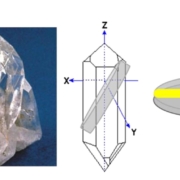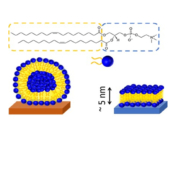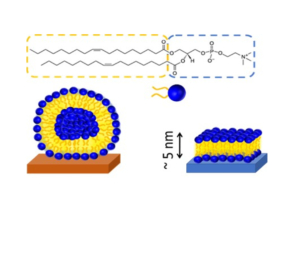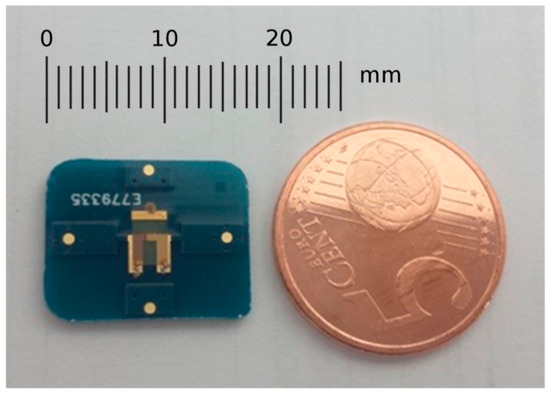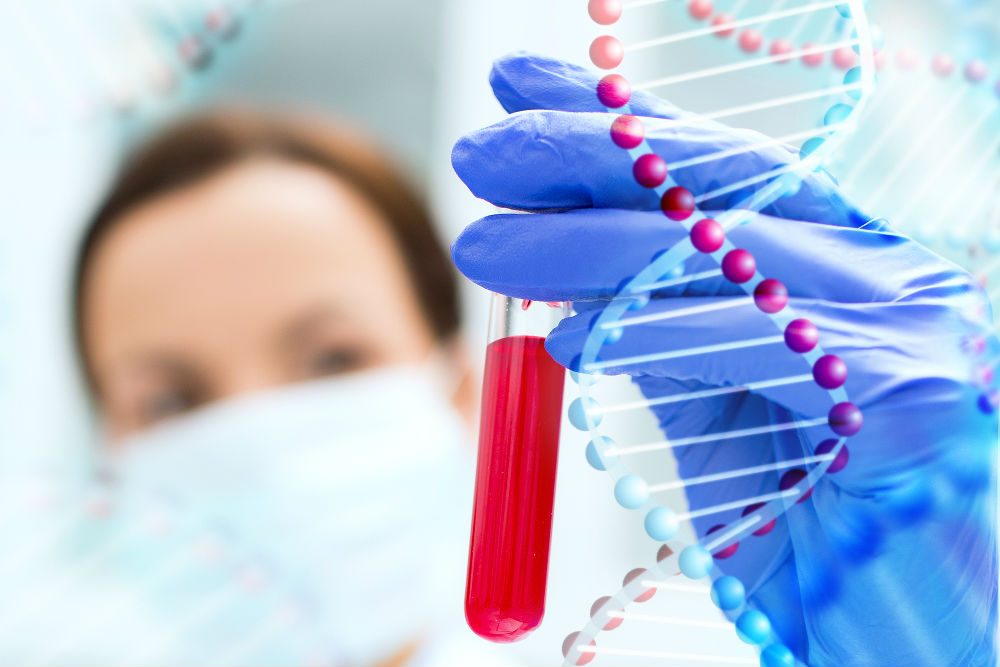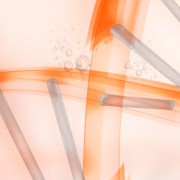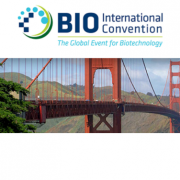From this panel the user will be able to configure the cookies that the website can install in their browser, except for the technical or functional cookies that are necessary for browsing and using the different options or services that are offered.
The selected cookies indicate that the user authorises the installation in their browser and the processing of data under the conditions stated in the Cookie Policy.
The user can check or uncheck as they wish to accept or reject the installation of cookies.
COOKIES CONTROLLED BY THE EDITOR
| Analytics | ||||
| Property | Cookie | Purpose | Term | |
| awsensors.com | _ga | ID used to identify users | in 2 years | |
| awsensors.com | _gat | Used to monitor number of Google Analytics server requests when using Google Tag Manager | Sesión | |
| awsensors.com | _gid | ID used to identify users for 24 hours after last activity | in 20 hours | |
| Marketing | ||||
| Property | Cookie | Purpose | Term | |
| google.com | NID | This cookies is used to collect website statistics and track conversion rates and Google ad personalisation | in 7 months |
| HOW TO MANAGE COOKIES FROM YOUR BROWSER | ||
| Delete cookies from your device | Cookies that are already on a device can be deleted by clearing the browser history, thus deleting the cookies from all websites visited.
However, some of the saved information (e.g. login data or website preferences) may also be lost. |
|
| Manage site specific cookies | For more precise control of site specific cookies, users can adjust their privacy settings and cookies in their browser. | |
| Blocking cookies | While most modern browsers can be configured to prevent cookies from being installed on a device, this may require the manual adjustment of certain preferences each time a site or page is visited. In addition, some services and features may not work properly (for example, profile logins). | |
| HOW TO DELETE COOKIES FROM MOST COMMON BROWSERS | ||
| Chrome | http://support.google.com/chrome/answer/95647?hl=es | |
| Internet Explorer. Version 11 | https://support.microsoft.com/es-es/help/278835/how-to-delete-cookie-files-in-internet-explorer | |
| Firefox. Version 65.0.1 | https://www.mozilla.org/es-ES/privacy/websites/#cookies | |
| Safari Version 5.1 | https://support.apple.com/es-es/guide/safari/sfri11471/mac | |
| Opera | https://help.opera.com/en/latest/security-and-privacy/#clearBrowsingData | |
Desde este panel podrá configurar las cookies que el sitio web puede instalar en su navegador, excepto las cookies técnicas o funcionales que son necesarias para la navegación y la utilización de las diferentes opciones o servicios que se ofrecen.
Las cookies seleccionadas indican que el usuario autoriza la instalación en su navegador y el tratamiento de datos bajo las condiciones reflejadas en la Política de cookies.
El usuario puede marcar o desmarcar el selector según se desee aceptar o rechazar la instalación de cookies.
COOKIES CONTROLADAS POR EL EDITOR
| Analíticas | ||||
| Propiedad | Cookie | Finalidad | Plazo | |
| awsensors.com | _ga | ID utiliza para identificar a los usuarios | en 2 años | |
| awsensors.com | _gat | Se utiliza para monitorizar el número de peticiones al servidor de Google Analytics cuando se utiliza el Administrador de etiquetas Google | Sesión | |
| awsensors.com | _gid | ID utiliza para identificar a los usuarios durante 24 horas después de la última actividad | en 20 horas | |
| Publicitarias | ||||
| Propiedad | Cookie | Finalidad | Plazo | |
| google.com | NID | Estas cookies se utilizan para recopilar estadísticas del sitio web y rastrear las tasas de conversión y la personalización de anuncios de Google | en 7 meses |
| CÓMO GESTIONAR LAS COOKIES DESDE EL NAVEGADOR | ||
| Eliminar las cookies del dispositivo | Las cookies que ya están en un dispositivo se pueden eliminar borrando el historial del navegador, con lo que se suprimen las cookies de todos los sitios web visitados. Sin embargo, también se puede perder parte de la información guardada (por ejemplo, los datos de inicio de sesión o las preferencias de sitio web). | |
| Gestionar las cookies específicas del sitio | Para tener un control más preciso de las cookies específicas de cada sitio, los usuarios pueden ajustar su configuración de privacidad y cookies en el navegador. | |
| Bloquear las cookies | Aunque la mayoría de los navegadores modernos se pueden configurar para evitar que se instalen cookies en los dispositivos, eso puede obligar al ajuste manual de determinadas preferencias cada vez que se visite un sitio o página. Además, algunos servicios y características pueden no funcionar correctamente (por ejemplo, los inicios de sesión con perfil). | |
| CÓMO ELIMINAR LAS COOKIES DE LOS NAVEGADORES MÁS COMUNES | ||
| Chrome | http://support.google.com/chrome/answer/95647?hl=es | |
| Internet Explorer. Versión 11 | https://support.microsoft.com/es-es/help/278835/how-to-delete-cookie-files-in-internet-explorer | |
| Firefox. Versión 65.0.1 | https://www.mozilla.org/es-ES/privacy/websites/#cookies | |
| Safari Versión 5.1 | https://support.apple.com/es-es/guide/safari/sfri11471/mac | |
| Opera | https://help.opera.com/en/latest/security-and-privacy/#clearBrowsingData | |

